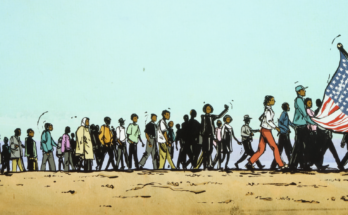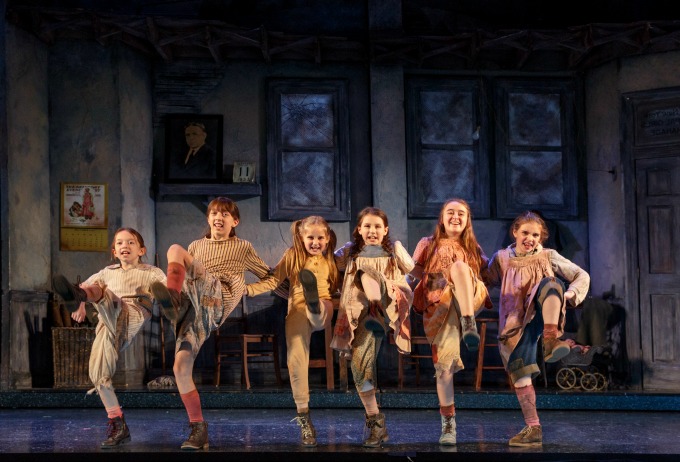
THE SUN CONTINUES TO COME OUT FOR ‘ANNIE,’ NOW 40 YEARS OLD, AND STILL WINKING SLYLY AT THE CYNICS.
::
“Annie” runs March 17-19 (five performances) at the Fox Theatre. Details, tickets HERE.
::
WHEN LYRICIST MARTIN CHARNIN first approached potential collaborators about creating a musical based on the “Little Orphan Annie” comic strip, he heard only, “Ughhh, I hate it.”
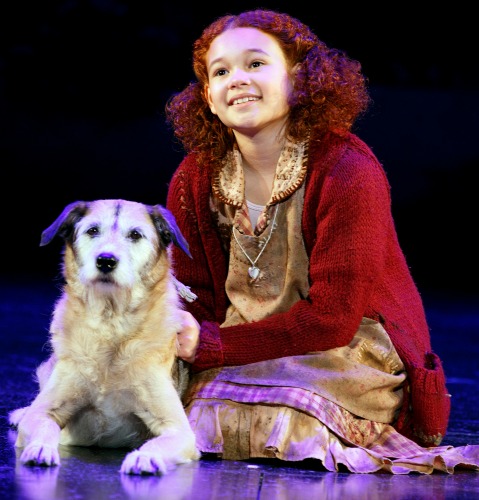
“Ughh,” said composer Charles Strouse (Bye Bye Birdie, Applause).
“Ughh,” said writer Thomas Meehan, best known as a New Yorker magazine contributor.
It was 1972. January. Charnin’s prospects seemed as cold as the New York winter. But as it always does, the sun eventually came out for Annie.
Charnin told his colleagues that he didn’t want to musicalize a comic strip as such. He saw Annie as an almost mythic character, a lost and wandering child of indomitable spirit, a metaphor for courage, morality, innocence and optimism in a time when cynicism and pessimism ruled the day.
This was the early 1970s, remember. Richard Nixon was in the White House, America was still fighting the Vietnam War and the country was in the midst of an economic depression.
After his initial “ughh,” Strouse, too, grew enthusiastic. His mother had forbidden him as a boy to read comic strips, so he’d done so on the sly. He’d developed a deep affection for “Little Orphan Annie” (introduced in an 1895 James Whitcomb Riley poem that also led to the creation of Raggedy Ann dolls).
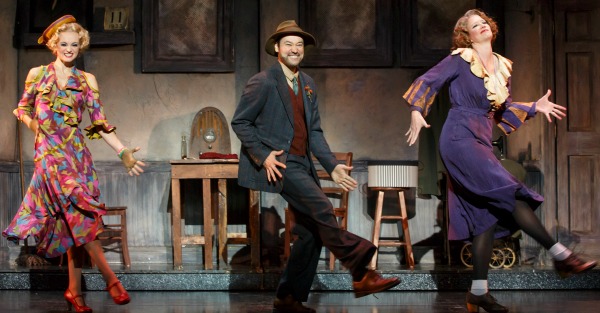
Cartoonist Harold Gray was inspired, too, and began drawing the strip in Chicago in the 1920s. The plot followed the wide-ranging adventures of Annie, her dog, Sandy, and her benefactor, Oliver “Daddy” Warbucks. The strip attracted adult readers with political commentary that targeted, among other things, organized labor, FDR’s New Deal and communism. Over time, the strip’s popularity faded. It was canceled in June 2010, but the characters do appear occasionally in the “Dick Tracy” strip.
Annie began her leap to Broadway when Charnin, shopping for a friend’s Christmas gift in 1971, happened upon a tome titled Little Orphan Annie: Her Life and Hard Times in a Midtown Manhattan bookstore. The friend never got the book.
Annie had a five-week tryout at the Kennedy Center in Washington, D.C., opening April 21, 1977, at Broadway’s Alvin Theatre (now the Neil Simon, home to the reincarnated Cats). She’s never looked back, but she did blink — broadly — once.
That came with the show’s first review, a pan from WNEW-TV’s Stewart Klein. He called Annie “another sorry example of show that had bowled them over out-of-town but had absolutely no chance in New York.”
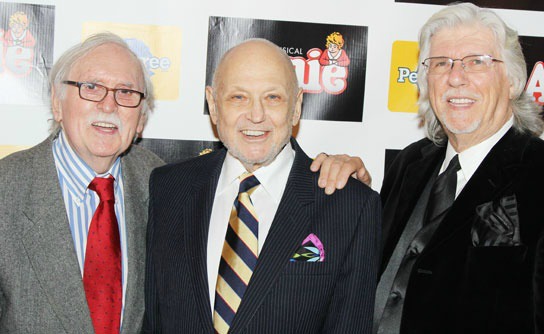
Meehan, who had less than a dollar in his pocket, said he briefly contemplated jumping off the George Washington Bridge.
Klein, however, stood alone.
“To dislike the new musical Annie would be tantamount to disliking motherhood, peanut butter, friendly mongrel dogs and nostalgia,” Clive Barnes wrote in The New York Times. “It would also be unnecessary, for Annie is an intensely likable musical. You might even call it lovable; it should settle down to being a sizable hit.”
It did.
Annie ran almost six years on Broadway and won seven Tony awards, including best musical. It made stars of Andrea McArdle (Annie) and Broadway journeyman Dorothy Loudon (Miss Hannigan) and provided steppingstones in the careers of Sutton Foster and Sarah Jessica Parker. It’s been revived on Broadway twice (1997 and 2014) and has toured, it seems, in perpetuity.
The Fox Theatre has seen Annie 14 times since 1991, mostly recently in January 2012. That makes this stop No. 15. The non-Actors’ Equity tour will take its turn regaling little girls, little boys and their grown-up caretakers with “It’s the Hard-Knock Life,” “We’d Like to Thank You, Herbert Hoover,” “NYC” and the rest.
Why has ”Annie” been such a hit, from New York to Tokyo, from Helsinki, Finland, to Caracas, Venezuela?
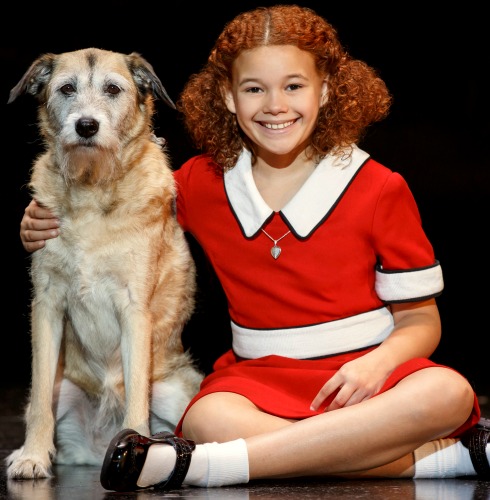
“I suspect that it is because Annie is an old-fashioned and upbeat retelling of the Cinderella story with a subtext of contemporary social and political comment,” Meehan said. “Elements in it seem to appeal to just about everyone, from the very young to the very old, from relatively naive teenagers to hard-bitten sophisticates.”
Also, the show is extremely well-crafted. You can knock its sentimentality, if you wish, but you must also notice how deftly the storytelling melts into song, how poignant and potent its lyrics are and how moving a tale it is.
Ironically, by the time the original show opened on Broadway, the mood of the country had changed. Jimmy Carter was in the White House, the Vietnam War had ended and the economy was recovering. The musical has proved buoyant no matter the mood of the country.
Annie begins with a few simple, plaintive notes from a single trumpet. That’s the kind of dead-on simplicity that keeps a 40-year-old musical light on its feet. Yes, it can be tempting to see this sunny show as facile, as child’s play.
That would be wrong.

